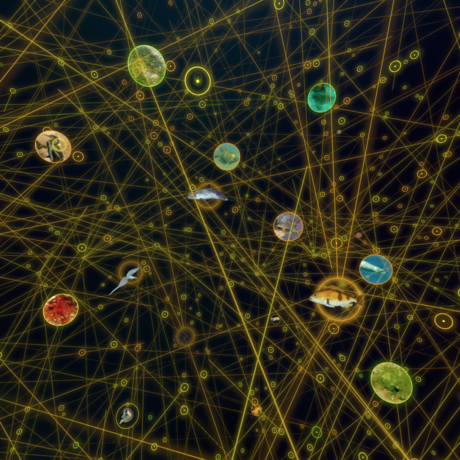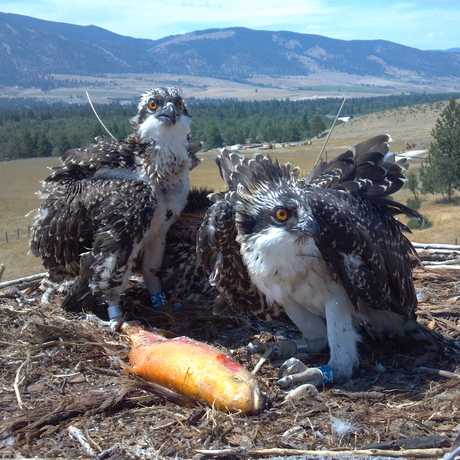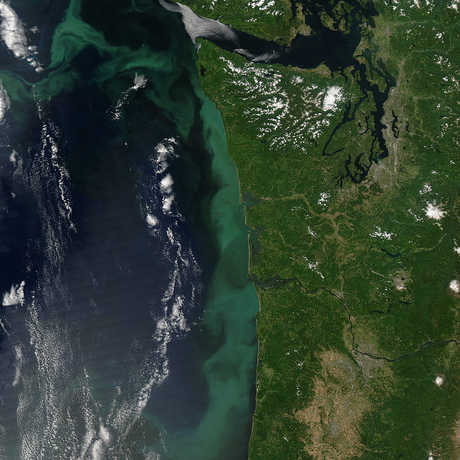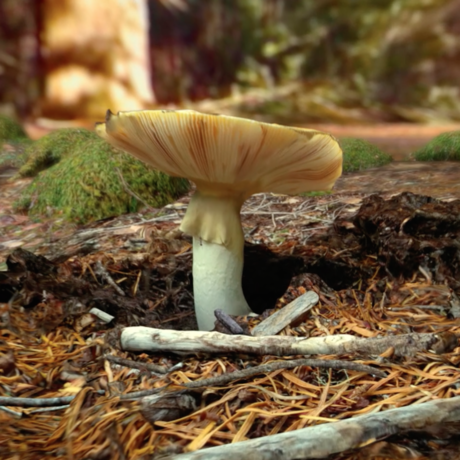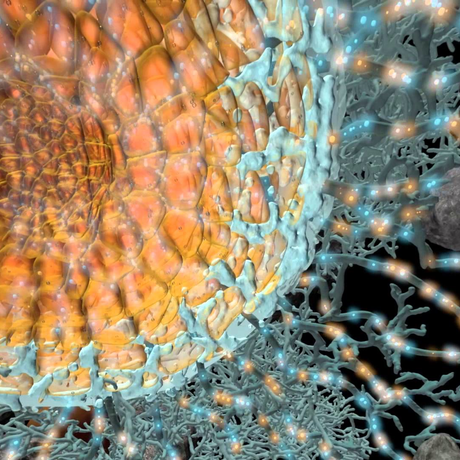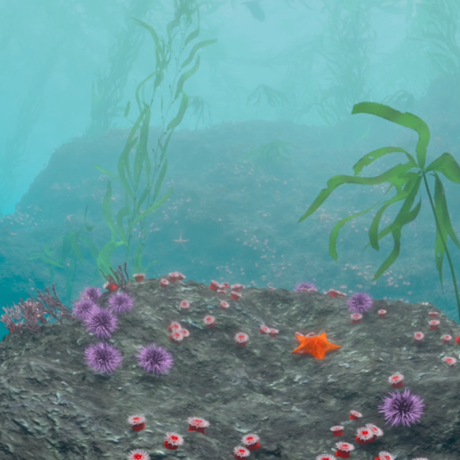Science News
Diving into Kelp Forests, 1906 San Francisco, and Asteroids
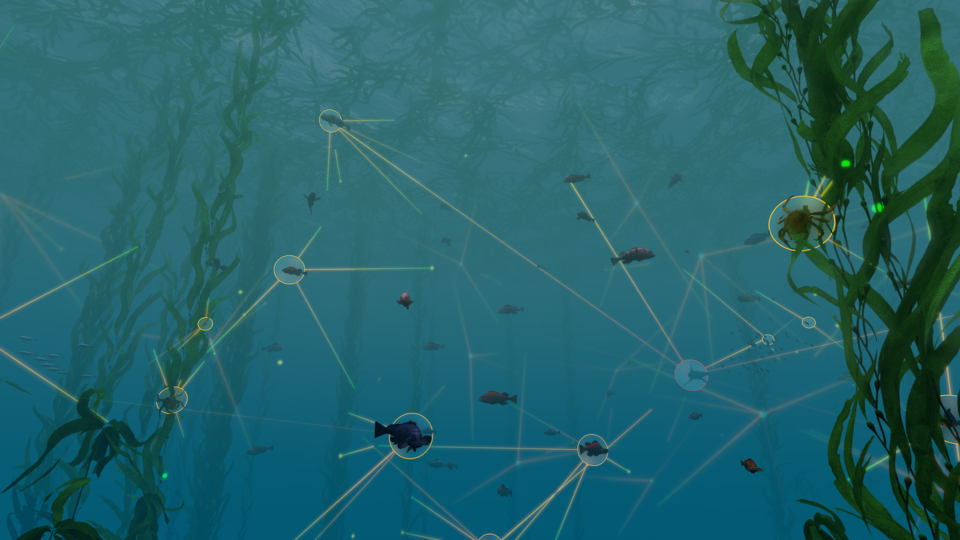
For the past two weeks, we’ve learned how the Academy’s Visualization Studio brings kelp forests and migration data to life, but a lot more goes on behind the scenes to create amazing immersive content.
Shauna Lacoste is the production coordinator for the Visualization Studio here at the Academy, which means she manages deadlines, schedules meetings, gathers assets, and much, much more for each Morrison Planetarium production.
The much, much more is generally research. She works with the scientific advisors for the shows to understand how to convey content accurately—both in terms of ideas and visuals. Then she gets to dive even deeper.
For the current show, Habitat Earth, that meant diving into the kelp forest and the San Francisco Bay to understand the food webs at each location—identifying the producers and consumers and determining how the organisms interact.
For some topics, it was simply a matter of finding the right data and putting it into a manageable format for the artists. Finding the kelp forest food web data, for example, meant looking through photo libraries to translate the information on organisms to something a bit more visual—their look, color and relative size, for example. When it came to the San Francisco Bay food web, Academy scientist Peter Roopnarine had published data on fish and invertebrates in the bay, but Lacoste had to conduct further research on the birds and mammals connected to those organisms. “I felt like a scientist, too,” she says, “making observations and gathering data.”
For the previous production, Earthquake: Evidence of a Restless Planet, Lacoste performed in-depth research about 1906 San Francisco, just prior to the April 18 temblor. “We become experts on the subject matter,” she explains of the entire Visualization Studio team.
She gets to dip her toes into the aesthetic side, too, which meshes well with her art background. For Habitat Earth, that included helping with textures of both the kelp and the harbor porpoise in the show. For the kelp, it meant painstakingly drying and scanning a recently plucked piece of kelp. “The number of grooves on kelp are surprising,” Lacoste says. And during one morning’s dailies (when the team screens shots in the planetarium), she noticed that the texture of the harbor porpoise didn’t look quite right, so she took a stab of refining it—a task she’s very proud of.
Next up, she’s headed to space—virtually, that is, for the new Morrison Planetarium production about the smaller bodies in our solar system. You know she’ll become an expert on that in the year to come, and she’s looking forward to the new environments she’ll get to explore, too. “I’m excited to fly around space for a while.”
(Science Today is exploring the science and artists behind the new Morrison Planetarium production, Habitat Earth, each Tuesday. Tune in next week for more.)
